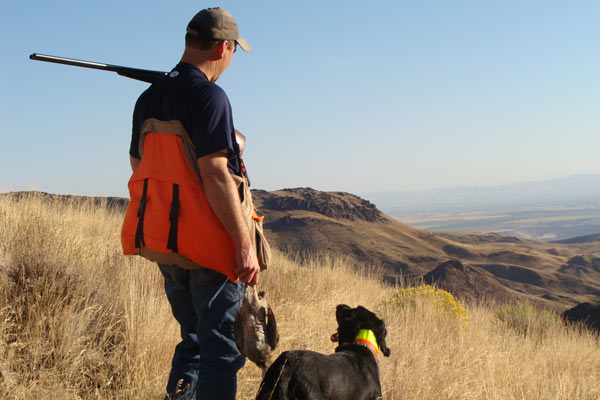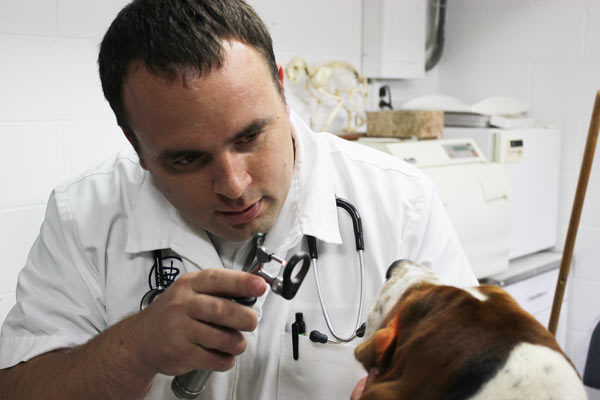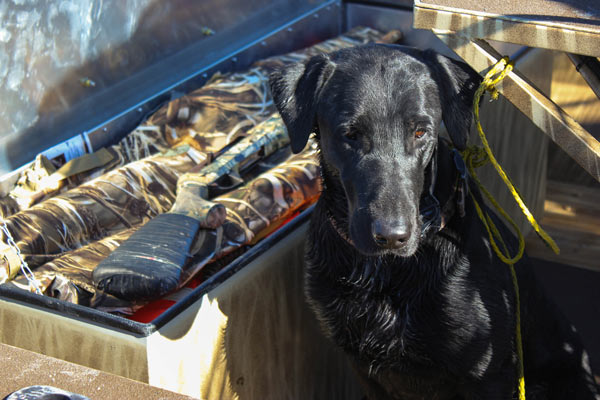
Lyme disease was first identified in 1975 when an alarming number of children around Lyme, Connecticut were diagnosed with rheumatoid arthritis. The cause of that outbreak, it was later discovered, was a bacterium known as Borellia burgdorferi, which was transmitted by blacklegged or deer ticks.
These tiny hosts are prevalent in many areas of the country, and since its initial discovery in the 1970's Lyme disease has spread across the United Stated, though it is particularly common in the Northeast and Atlantic Coast, the Upper Midwest and Pacific coast states. Educational campaigns have helped raise awareness of the dangers of Lyme disease in humans, but this potentially life-threatening condition can also affect your canine companion.
"This year I've treated more cases of Lyme disease in dogs than ever before," says Doctor Mark Hayes of the Mount Orab Veterinary Clinic in Ohio. "Half of the cases I've treated in my career have occurred this year."
The increase in Lyme disease in Ohio and in other parts of the country is alarming, and hunting dogs are at particular risk because of their exposure to ticks in the field. Several of the cases of Lyme disease that Hayes has treated this year have occurred in hunting breeds, and this likely corresponds to the fact that these breeds are more likely to come into contact with infected ticks in the field. The results can be debilitating if left untreated.
"Dogs exhibit a variety of symptoms when they contract the disease," Hayes says. "They may appear lame due to inflammation, and they will oftentimes be lethargic, lose their appetite, run a fever and may show obvious signs of pain."
If left untreated, Hayes says, the disease can cause a condition known as Lyme nephritis, which affects the kidneys and can result in kidney failure and death. These dogs may also exhibit neurological symptoms like seizures.
Diagnosis and Treatment

Hayes says that Lyme disease can be identified in dogs with a simple blood test that takes about 10 minutes, but he also warns that the disease typically doesn't show up on these tests until weeks after exposure, so by the time a Lyme disease diagnosis occurs your canine companion will have been sick for some time.
"Doxycycline is the antibiotic most often used to treat the bacterial infection," Hayes says, "and there are other experimental drugs that are being tested. But Lyme disease is a complicated disease to treat. The bacteria often 'hides' within the body, particularly in cartilage, which has little blood flow."
Because cartilage has so little blood flow, it's difficult for antibiotics to reach these areas and the disease can persist even after treatments are given. This means that dogs that are exposed to Lyme may have persistent health problems that plague them after treatment is administered. The best treatment for Lyme disease, Hayes says, is prevention.
Preventing Lyme Disease in Dogs

Deer ticks are most prevalent during the warmest months of the year, and every time your dog is outside the home it runs the risk of being exposed to these biting arachnids. It's important, therefore, to take preventative measures to help protect your canine companion to exposure. The first step is a vaccine that your veterinarian can administer.
"After the initial vaccination, dogs will need to have a booster three weeks later," says Hayes. "After that, yearly boosters are required."
In addition, Hayes says that dogs should be treated with some form of anti-tick medication such as Frontline. Hayes recommends that dogs receive both the vaccine and anti-tick treatments so that they are fully protected against Lyme disease.
It's also important to keep an eye out for symptoms of the disease, particularly if you haven't had dogs vaccinated or don't know a particular dog's vaccination history. Signs of lethargy, loss of appetite, fever, and pain, particularly in the joints, are all signs of Lyme disease, and the sooner treatment begins the better. If these signs appear in your dog, it's time to visit your local veterinarian.
Our hunting dogs work hard for us, and we need to take every possible measure to insure their safety in the field. Deer ticks are very small and hard to identify, especially on long-haired breeds, and by the time that symptoms appear the bacteria is oftentimes already at work, so prevention is key.
Before you take your four-legged companion to the field make certain that they are safeguarded against this potentially fatal disease.






